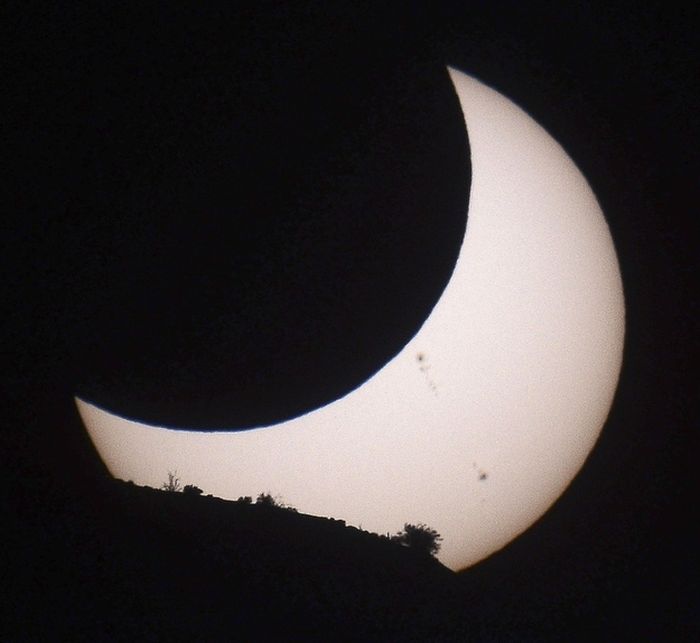|
|
Solar Eclipse
|
Eclipses have been interpreted as omens, or portents. The ancient Greek historian Herodotus wrote that Thales of Miletus predicted an eclipse that occurred during a war between the Medians and the Lydians. Both sides put down their weapons and declared peace as a result of the eclipse. The exact eclipse involved remains uncertain, although the issue has been studied by hundreds of ancient and modern authorities. One likely candidate took place on May 28, 585 BC, probably near the Halys river in Asia Minor. An eclipse recorded by Herodotus before Xerxes departed for his expedition against Greece, which is traditionally dated to 480 BC, was matched by John Russell Hind to an annular eclipse of the Sun at Sardis on February 17, 478 BC. Alternatively, a partial eclipse was visible from Persia on October 2, 480 BC. Herodotus also reports a solar eclipse at Sparta during the Second Persian invasion of Greece. The date of the eclipse (August 1, 477 BC) does not match exactly the conventional dates for the invasion accepted by historians.
Chinese records of eclipses begin at around 720 BC. The 4th century BC astronomer Shi Shen described the prediction of eclipses by using the relative positions of the Moon and Sun. The "radiating influence" theory (i.e., the Moon's light was light reflected from the Sun) was existent in Chinese thought from about the sixth century BC (in the Zhi Ran of Zhi Ni Zi), though it was opposed by the 1st century AD philosopher Wang Chong, who made clear in his writing that this theory was nothing new. Ancient Greeks, such as Parmenides and Aristotle, also supported the theory of the Moon shining because of reflected light.
Attempts have been made to establish the exact date of Good Friday by assuming the darkness described at Jesus's crucifixion was a solar eclipse. This research has not yielded conclusive results, and Good Friday is recorded as being at Passover, which is held at the time of a full moon. In the Western hemisphere, there are few reliable records of eclipses before 800 AD, until the advent of Arab and monastic observations in the early medieval period. The first recorded observation of the corona was made in Constantinople in 968 AD.
The first known telescopic observation of a total solar eclipse was made in France in 1706. Nine years later, English astronomer Edmund Halley observed the solar eclipse of May 3, 1715. By the mid-19th century, scientific understanding of the Sun was improving through observations of the Sun's corona during solar eclipses. The corona was identified as part of the Sun's atmosphere in 1842, and the first photograph (or daguerreotype) of a total eclipse was taken of the solar eclipse of July 28, 1851. Spectroscope observations were made of the solar eclipse of August 18, 1868, which helped to determine the chemical composition of the Sun.
|
|









